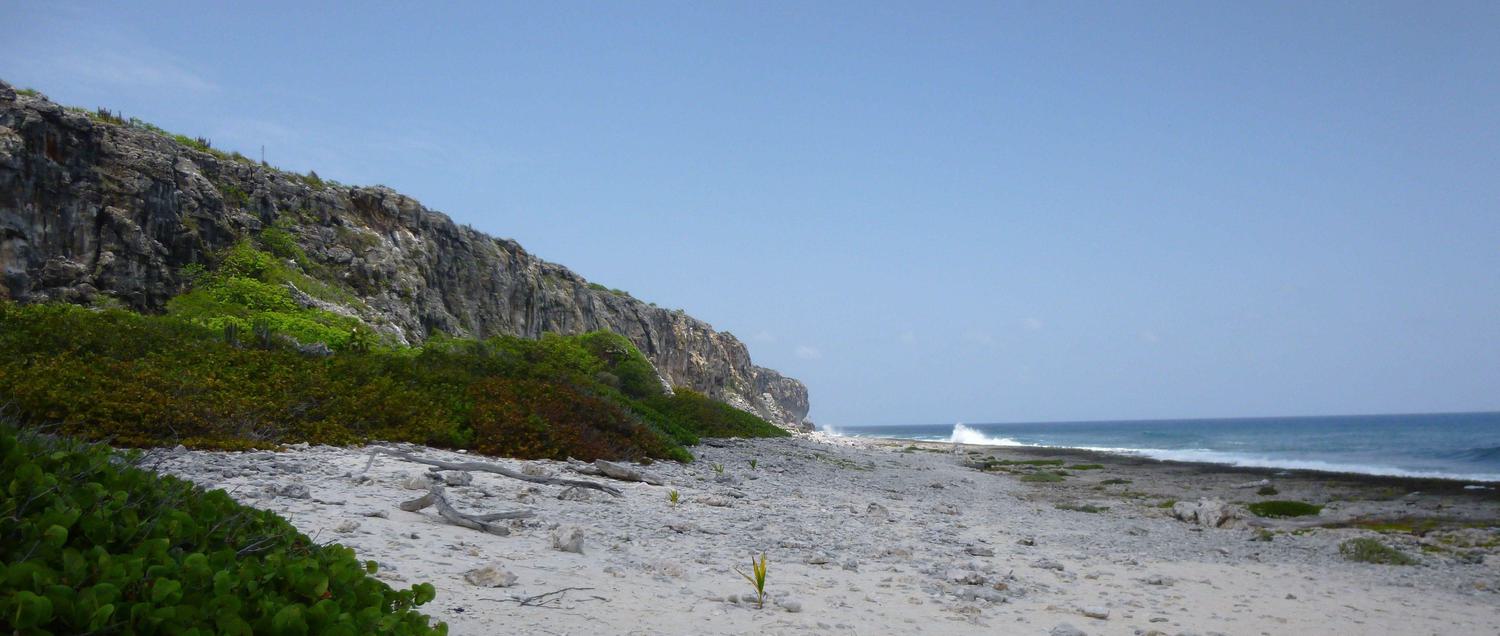Geologically speaking, The Cayman Islands are actually the tops of seamount pinnacles reaching up from the Cayman Trench – one of the deepest sections of ocean in the world.
The Cayman Ridge stretches from the Sierra Maestra mountain range in Cuba to the Gulf of Honduras. This ridge forms the northern margin of the Cayman Trench, which is 100 miles wide and reaches depths of around 25,000 feet.
The Islands’ position near the Oriente Transform Fault and the mid-Cayman rise means that the three islands are separate uplifted fault blocks that were pushed up by friction between the North American and the Caribbean tectonic plates.
According to the research of geologist Brian Jones, each island appears to have a granodiorite foundation, which is succeeded by a cap of basalt and an uppermost layer composed of carbonates. These carbonates were created by living organisms such as corals, algae and shells and were laid down during sea level changes over the past 30 million years.





